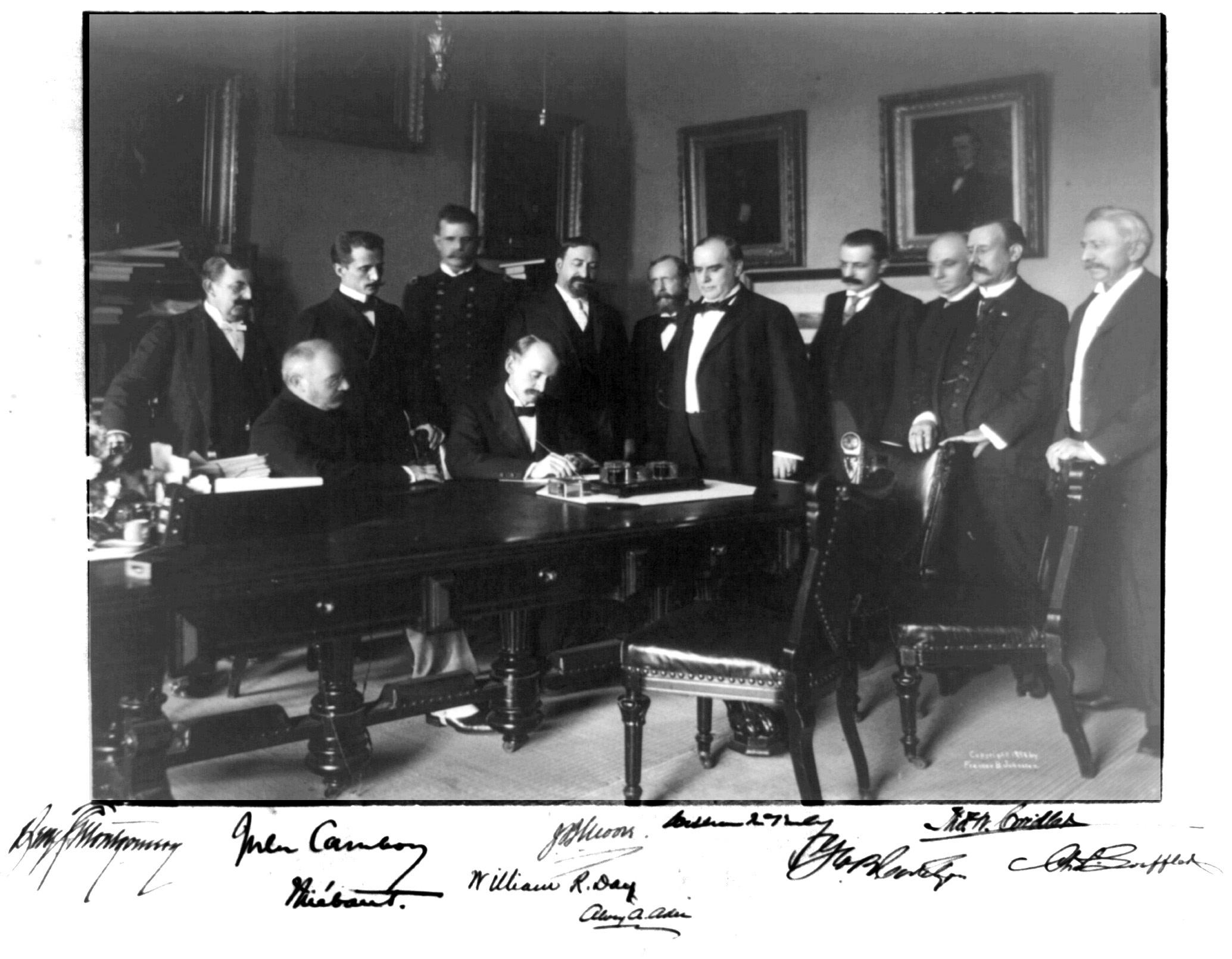III
THE INDOCHINESE STAKE AND THE 1947 TREATY OF FRIENDSHIP BETWEEN THE PHILIPPINES AND FRANCE A Frenchman in Manila: Willoquet and the Philippines (1931-1945)
As had been the case for the opening of a consulate, the early
establishment of diplomatic relations between the Philippines and France was at first due to growing problems in Indochina. As a whole, after the Kellogg-Briand Pact57 launched by France and the United States in 1928 and signed by 63 countries, France had hoped for American support for its Southeast Asian colonial policy. As a response to the visit to Indochina in 1931 of then Philippine Governor Dwight F. Davis—former tennis champion-turnedpolitician58—Governor-General Pierre Pasquier came to Manila on February 1932, to meet with Acting Governor George C. Butte, at the very moment the Japanese launched an attack on Shanghai.59 Unfortunately, neither country benefited from these exchanges. As far as the diplomatic relations of the Philippines and France were concerned, however, France was lucky enough to have the right man for the Philippines: Gaston Willoquet. Born in 1888, G. Willoquet joined the diplomatic service as an interpreter and consular agent. As a former Chancellor of the Shanghai Consulate General in the French concession, he was promoted to Consul and sent to Manila in February 1931.60 As such, he greeted on his arrival Pierre Pasquier, Governor-General of Indochina, and was praised for his professionalism. Helped by his masonic connections, Willoquet succeeded in quickly being assimilated into the Philippines’ various power networks, discovering that Filipinos were “subtle people, using irony rather well”.61 Among his close relations was the President of the Senate, Elpidio Quirino, whom he later called Compadre. In April 1931, President Quezon himself asked Willoquet for the text of the Constitution of the French Third Republic, as he was working on 169
DISCOV _INT PP 050719.indd 181
5/7/19 8:50:27 PM


































